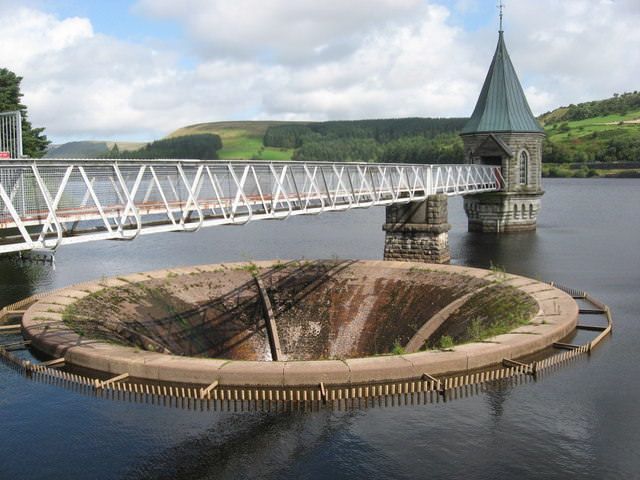New Tool Helps Parched Regions Plan How to Replenish Aquifers
Published on by Jake B in Technology
Stanford environmental engineers have developed a planning tool called AquaCharge that helps urban water utilities develop efficient and cost-effective systems to replenish aquifers.
BY EDMUND L. ANDREWS

Pontsticill Reservoi
The federal government reports that 40 states expect water shortages by 2024 and water worries already plague some cities across the United States. Underground aquifers that were over-tapped for years now cry out to be replenished. The problem is that the two main strategies for increasing water supplies – collecting stormwater runoff and recycling treated wastewater – are usually separate processes that can create costly and underused infrastructure.
Now two Stanford environmental engineers have developed a computational planning tool called AquaCharge that helps urban water utilities look at their local circumstances and understand how they could combine these two water supply strategies into an integrated, efficient and cost-effective system that replenishes aquifers.
This planning tool and hybrid approach are so innovative that the American Society of Civil Engineers recently honored Jonathan Bradshaw, a graduate student in civil and environmental engineering, and Richard Luthy, a professor of civil and environmental engineering, for developing AquaCharge.
“The ideas of recycling waste water and capturing stormwater are not new,” said Luthy. “What’s new here is to think about how to combine what had been separate systems into a single approach to recharge groundwater.”
Neither strategy for increasing water supplies is without drawbacks. A number of utilities in California collect stormwater, such as the rainfall that pours down mountainsides during the wet season, and channel it into big “spreading basins,” which are essentially leaky ponds that are porous enough for water to percolate back down to an aquifer. Aquifers serve as natural storage banks, holding water for future use instead of letting it wash out to the ocean.
Although this approach is effective, spreading basins require a large amount of land that is often underutilized. That’s because engineers typically designed the basins to be big enough to capture and process large volumes of water during the stormy season. As a consequence of this design, the basins remain largely idle through the dry months. By some estimates, Los Angeles’ spreading basins on average percolate only 12 percent of their theoretical annual capacity. Not all districts have access to land that can lay idle so much of the year.
Wastewater recycling poses a different set of challenges. Some utilities treat wastewater to the point that it can be used safely for agricultural irrigation or certain industrial purposes, such as circulating through the cooling towers of a power plant. Such uses reduce the burden on aquifers or other water sources.
Read full article: Stanford
Media
Taxonomy
- Water Supply
- Governance & Policy
- Integrated Water Management
- Aquifer
- Aquifer Recharge
- Water Supply
- Integrated Infrastructure
- Aquifer Recharge
- Water Software
2 Comments
-
Hello
And yes of the novelty of intrusion of the man on the environment. With the ideas one can do everything even to unbalance the eco system of our earth. But that man can imagine for a single moment being capable of making drinking water that is found in the groundwater exceeds the understanding.
Of course, the technique will produce an almost pure water, so purified that it will bring nothing of what the human body needs and that it finds only in these underground waters.
But beware of the impact of any human intervention on this balance. We will soon be returning to the air of the depollution of drinking water at an exorbitant financial cost.
The residual waste from these technical manipulations will be discharged into the natural hydraulic environment in which man works to make it consumable water
We rub the human stupidityAnd the more intrusion into the environment, the more expensive it will be.
And yet it is so simple to go to the origin of the pollution and to suppress it.
The problem of drinking water is intimately linked to the issue of wastewater management as its main source of pollution.
-
Groundwater recharge is neither new nor cheap. Regulations require it to be of similar quality to percolated groundwater and thus advanced treatment is required.